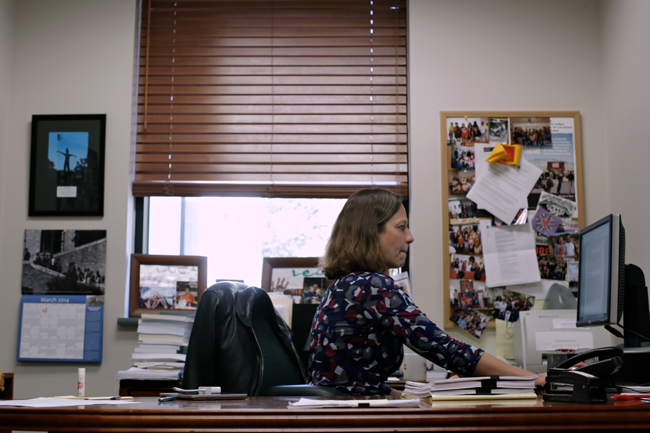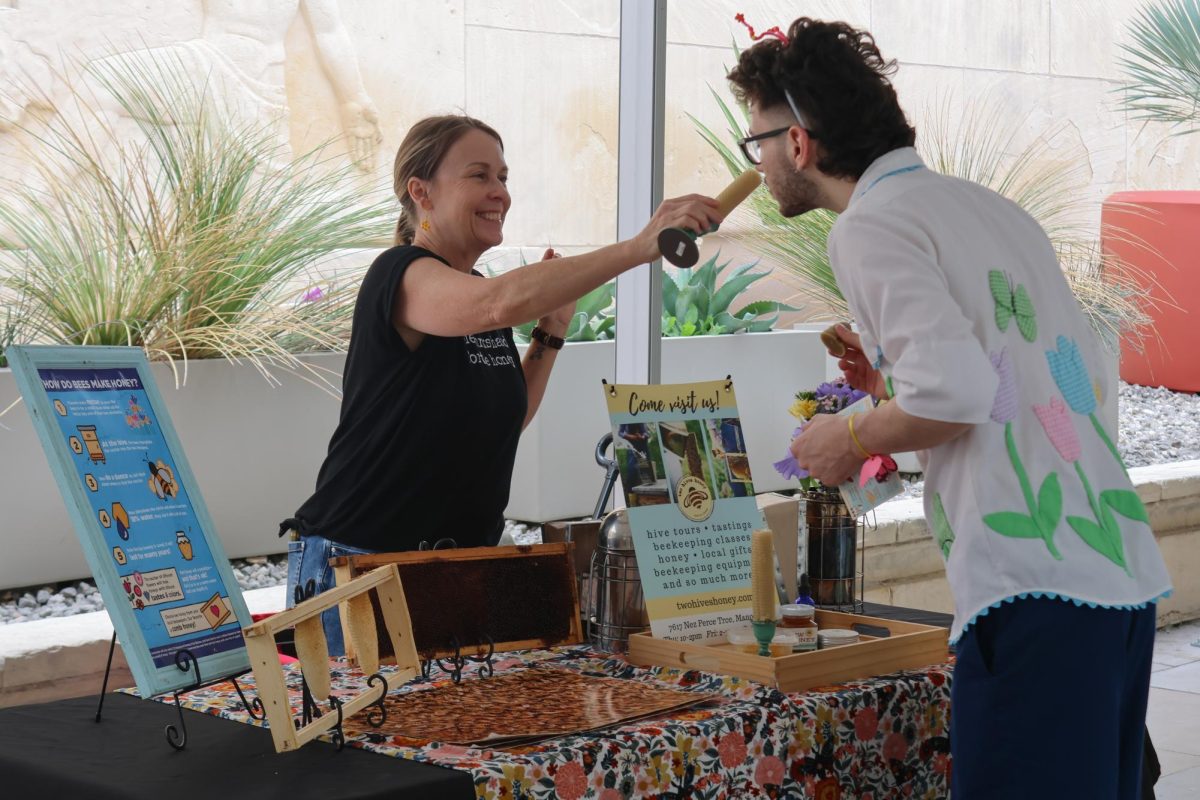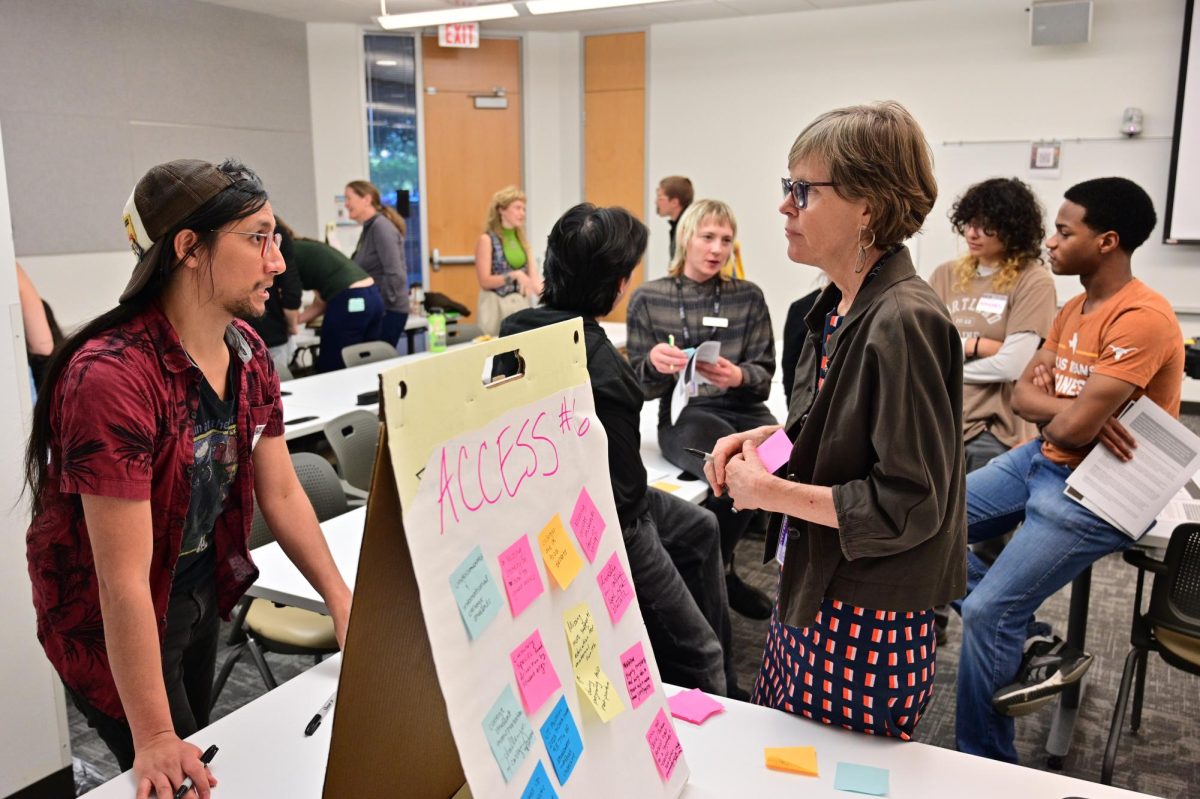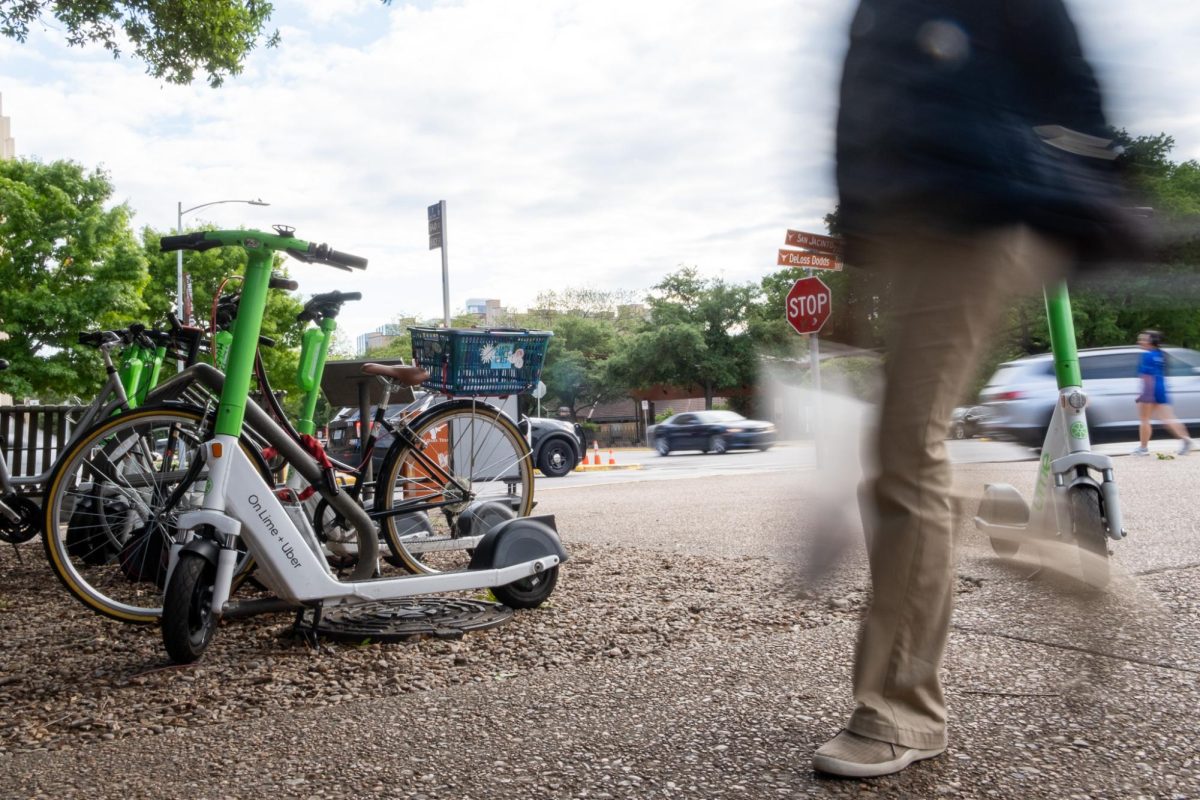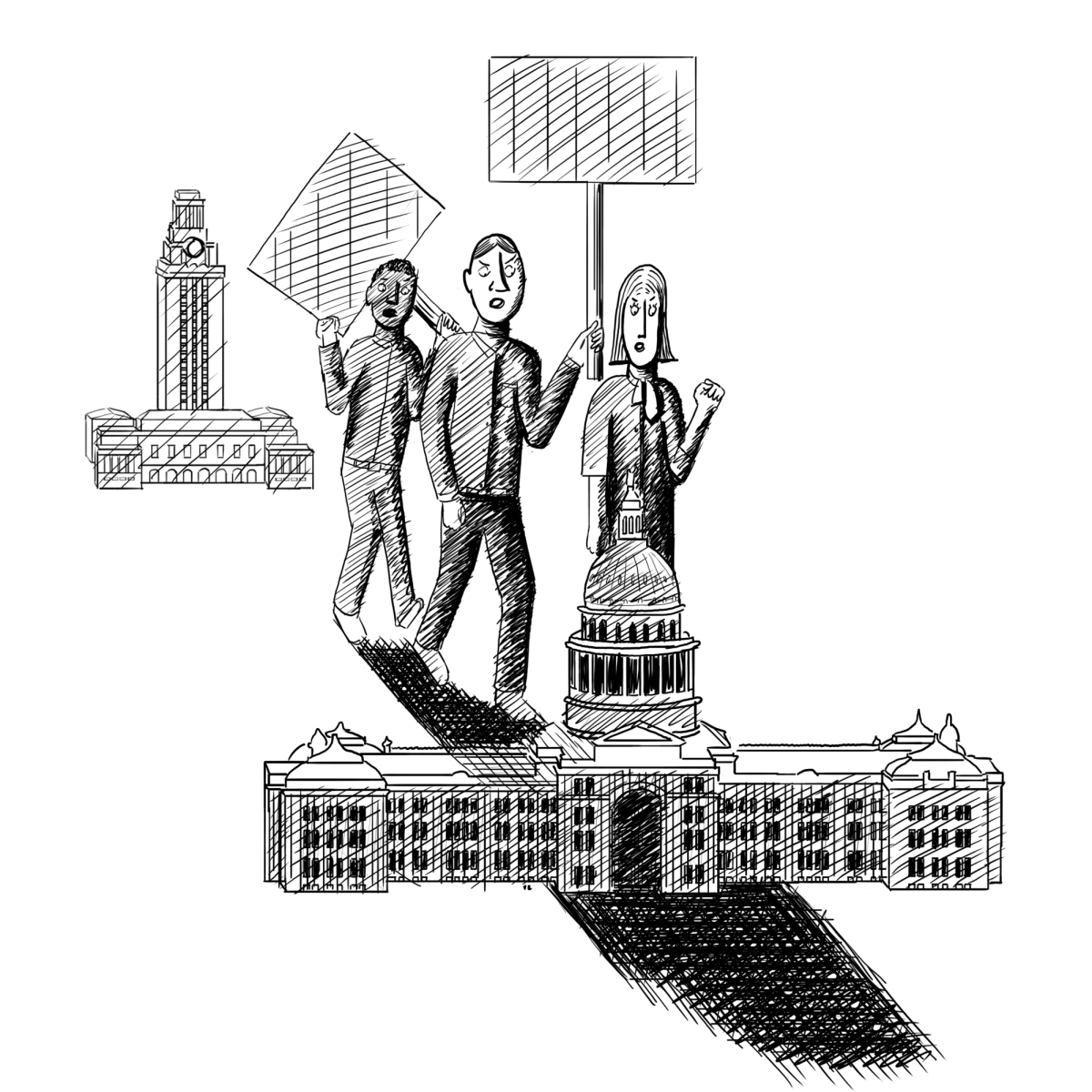Six years after her initial request for public records regarding federally built fences along the Texas-Mexico border, UT law professor Denise Gilman has passed a significant barrier in receiving the documents. On March 14, U.S. District Court Judge Beryl Howell ruled that the government must disclose names and addresses of those affected by the border wall due to possible discrimination.
In 2006, the U.S. Congress passed the Secure Fence Act, which mandated the construction of a 670-mile wall along the border of the U.S. and Mexico. Gilman, also co-director of the law school’s Immigration Clinic, said when she requested access to the fence records in 2008, the government only released a “handful of documents” — all heavily redacted. Gilman sued for the withheld information under the Freedom of Information Act in 2009.
Gilman said she still has not received the records, now required by the ruling, from the government.
“It was a very long and tedious process to obtain government documents that are critical to a proper and full understanding of border wall construction in South Texas,” Gilman said. “I was genuinely surprised to see the government put up so much resistance to making information about this massive infrastructure project publicly available, particularly in a time of increased emphasis on government openness.”
Barbara Hines, law professor and co-director of the law school’s Immigration Clinic, said the records should give important insight into the government’s decision-making process regarding the wall’s placement.
“The records will be useful to learn who the affected landowners were — that is, those whose land was taken for the construction of the border wall — and to determine whether low-income residents were treated differently than those more wealthy residents,” Hines said.
Although construction of the fences is already completed, Gilman plans to make the new records publicly available online and to conduct additional analysis on the new information.
“I hope that the decision will increase government transparency and accountability in the future as similar border projects are considered, such as proposals for additional wall construction or enhanced Border Patrol presence along the border,” Gilman said.



